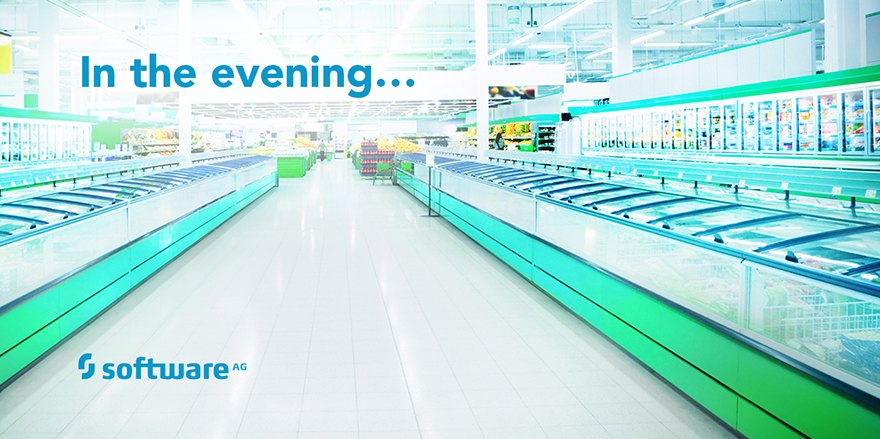What Happens in your Store at Night?
What if you could combine electronic shelf edge labels with other data sources in store – point of sale or inventory management – could this add more value than just the time saving in changing price labels? Very likely.

Have you ever wondered what happens at your grocery store at night?
Late one evening this week I was walking around a grocery store (belonging to one of the big four UK grocers). Why? Because like everyone else this week I was trying to get my hands on some disinfectant to aid with coronavirus preparations at home.
In the store I noticed two ladies clutching small piles of price labels and standing back from the shelves. One of them was a store manager; out of pure interest I struck up a conversation.
“Are you re-pricing these products?” I asked.
“Yes, but you will pay the lower price at the till,” she responded – clearly thinking I was worried about being overcharged.
I explained that I was interested because I worked with retailers. I mentioned electronic shelf edge labels and she said she would love to see that, because she is stuck in the store all night adjusting labels.
“Maybe in 20 years’ time,” she said.
The irony of this statement struck me – I first remember seeing electronic shelf edge labels 20 years ago. Curious, I asked her how much time each week was spent doing this.
She said about 50 people hours was a reasonable estimate. I wished her well and left her to get on with the task. I thought it was clear that she would much rather be helping customers.
The figure of 50 hours for one store shocked me. If you assume the cost of labor to be around £10 an hour this equates to £500 per week, or £26,000 per year – and that is just one task and in one store.
Changing price labels is one of dozens of in-store tasks that are ripe for automation. McKinsey believe that technology like this has the potential to double store profitability. To achieve this, however, different data silos, devices and sensors that exist within the store must be connected. Only then can you drive synergy from them.
But why have electronic shelf edge labels not gained penetration? I believe it is because initiatives such as this are evaluated on their own and the business case is simply not large enough.
Supply and demand
This takes me back to the disinfectant I was looking for. They had sold out. Not surprising under the circumstances, but disappointing when you consider that there is technology that could have helped. The case for the truly connected store has never been stronger.
What if you could combine electronic shelf edge labels with other data sources in store – point of sale or inventory management? Could this add more value than just the time saving in changing price labels? Very likely.
Imagine being able to “see” a run on disinfectants and hand wipes as soon as coronavirus news hit the local papers. Imagine being able to understand – based on what exists in the supply chain – what extra product was needed fast enough to find take corrective actions like finding alternative sources of supply, thus minimizing shortages. Price and promotion strategies could even be rapidly adjusted, within the boundaries of the law and common sense, to potentially reduce any stockpiling or the need for rationing.
But could the retailer actually have done this fast enough? In a store where all sensors, devices and data silos are connected together it could – thus further enhancing the case for the truly connected store as part of the truly connected enterprise.